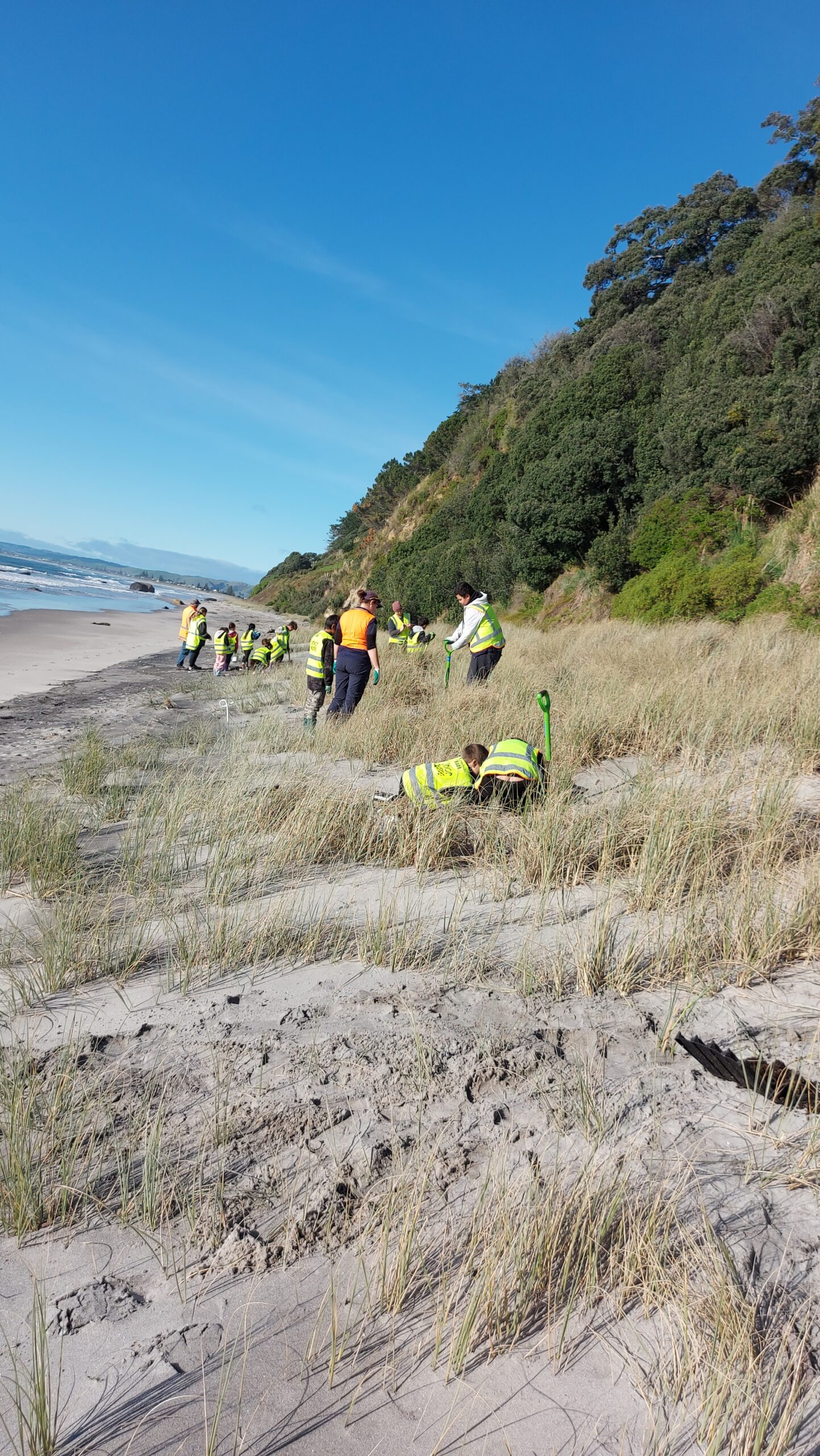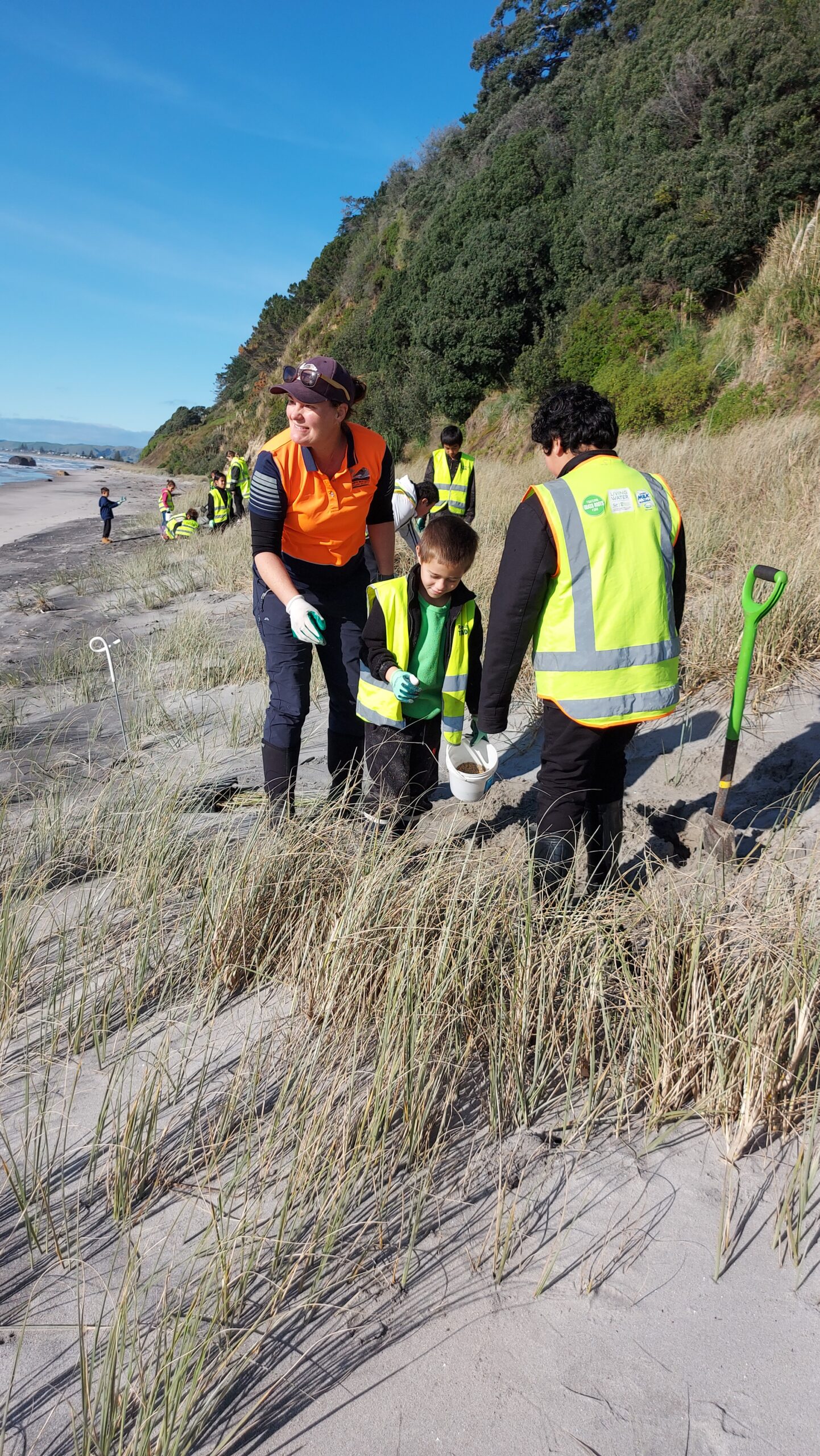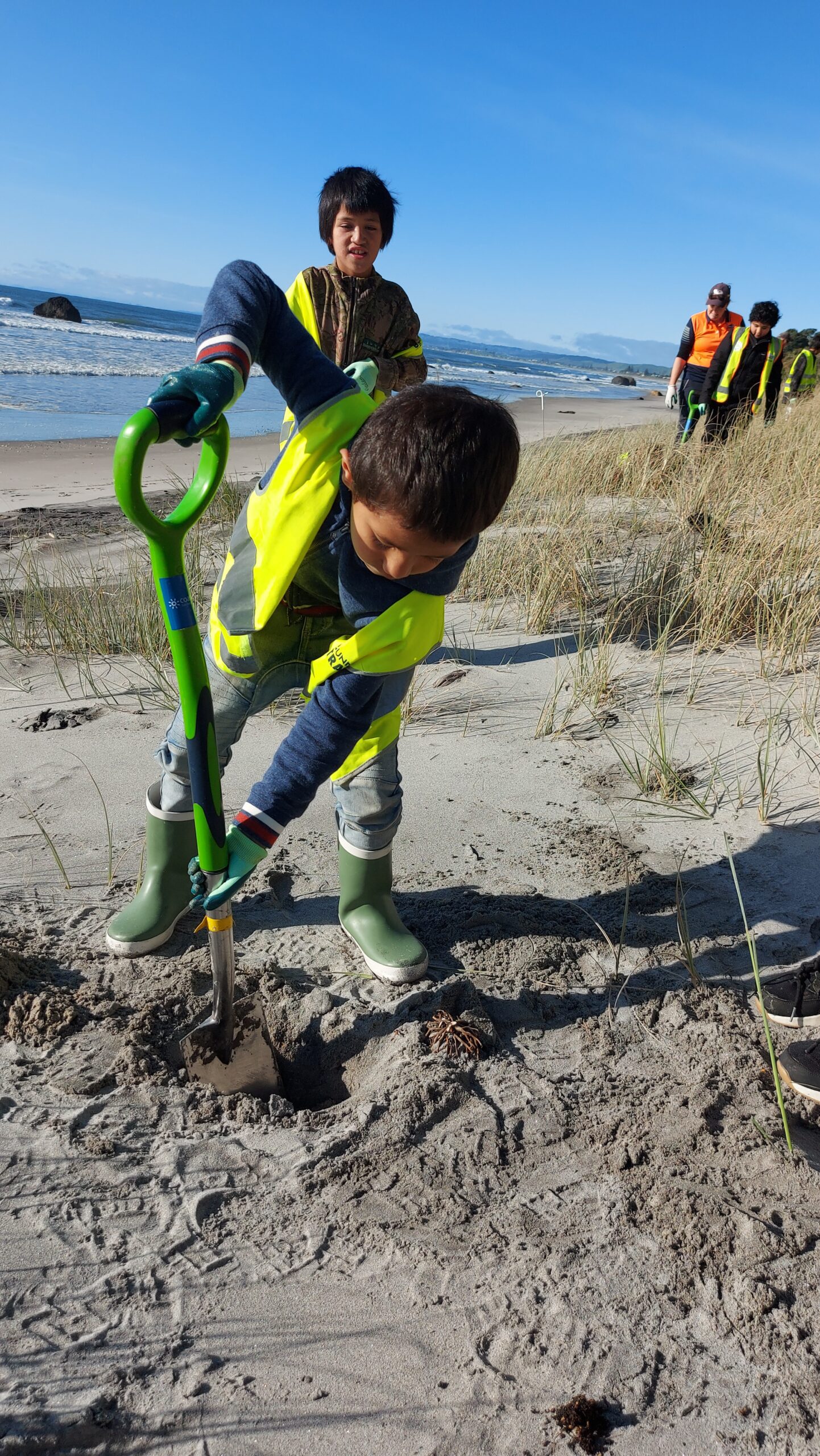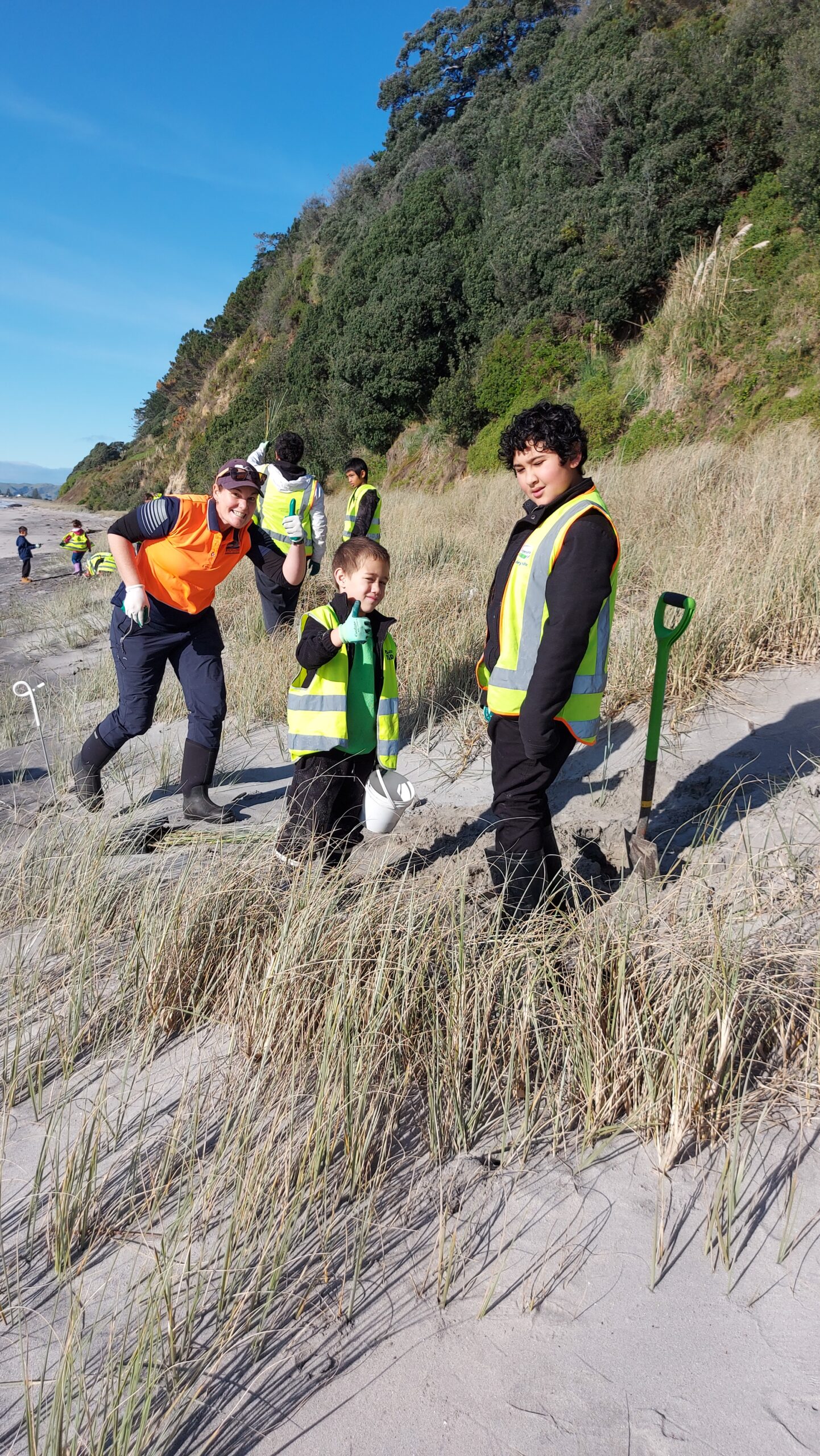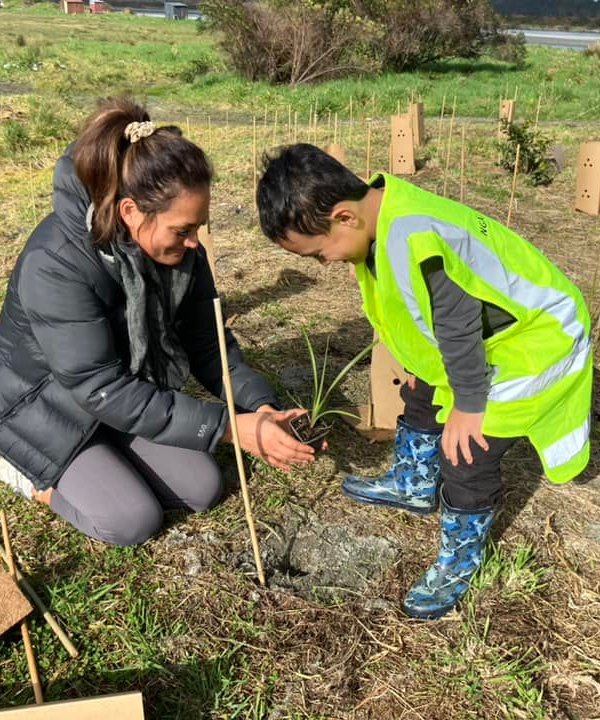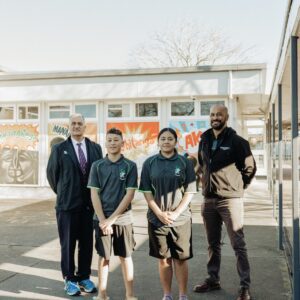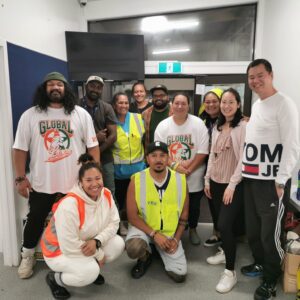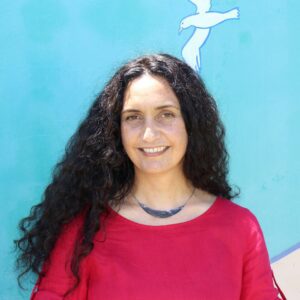Facing up to the realities of climate change can be daunting for anybody. But educators have to meet the added challenge of finding the right balance between honesty and reassurance to help tamariki turn any concerns they might have into hopeful action towards a zero-carbon future. It can be difficult to navigate between fear and hope, particularly when discussing impacts that we can no longer avoid, including sea level rise.
Climate scientist and co-leader of the NZ SeaRise project Richard Levy says that slowing ocean warming will take a very long time. Even if we stopped all greenhouse gas emissions today, sea level rise will continue for decades and even centuries because the oceans have to date soaked up most of the excess heat, buffering us from the worst effects of climate change.
However, rising tides won’t affect all parts of Aotearoa’s coastline in the same way. The main goal of the NZ SeaRise project is to reduce the uncertainty of future projections and to give local communities the most accurate information possible.
The NZ SeaRise team has produced a map of Aotearoa’s 15,000 kilometres of coastline to show where land is subsiding or rising. These maps show that most communities live on subsiding shorelines, and for them it means they have less time to adapt. But Levy hopes that having locally relevant information ultimately gives people a stronger sense of agency.
We know from tidal gauges that the seas around Aotearoa have already lifted by about 20 centimetres since the early 1900s. By this century’s end, sea levels will be at least half a metre higher on average, even if we succeed to keep warming below 2°C above pre-industrial levels. Rising seas bring a suite of other coastal impacts, including erosion of coastal cliffs, more frequent flooding as storms move further inland, saltwater intrusion into groundwater reservoirs and rising water tables. These impacts can have ecological and cultural flow-on effects when estuaries degrade and no longer provide the kai that iwi were once able to rely upon to express their manaakitanga.
Levy says much depends on whether the land itself moves up or down, either amplifying or delaying the local impact of an encroaching ocean. Some beaches will reshape and accommodate higher seas and more furious storms, while other areas are facing more frequent flooding already.
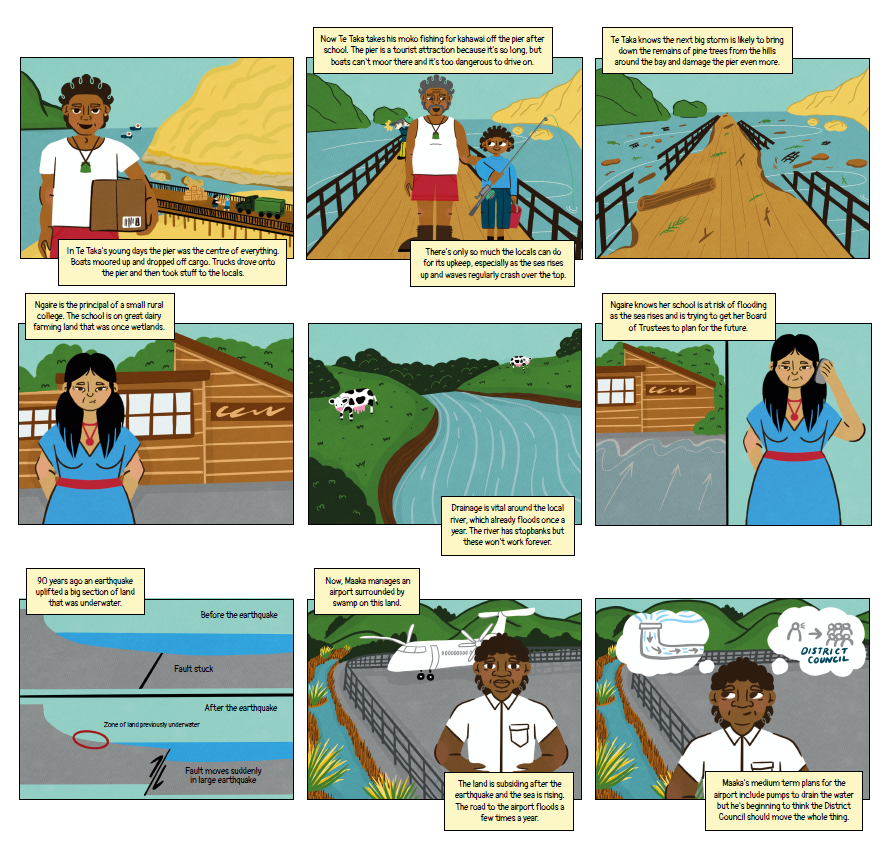
Impacts on communities
Some coastal communities are already bearing the brunt of extreme weather, which is threatening homes, roads, wāhi tapu and people’s connection with the whenua and each other.
Whānau living in Te Tairāwhiti know this all too well. Tania Hunter, the principal at Te Kura Kaupapa Māori o Mangatuna just north of Tolaga Bay, says climate change is no longer something people expect to happen in the future. While her own school is on higher ground, several kura along the stretch of State Highway 35 between Gisborne and Tokomaru Bay have experienced a series of devastating floods in short sequence since last winter.
When Hatea-A-Rangi School in Tokomaru Bay was flooded in June last year, principal Karla Kohatu and 29 students retreated to Tuatini Marae for weeks, while volunteers began the clean-up. Then, in March this year, floodwaters swept through the school again, this time also cutting off some families when the bridge over the Mangahauini awa washed out. The second flood was shattering, says Hunter, but the local marae again offered shelter and the Ministry of Education and Waka Kotahi were quicker to help with the clean-up this time. Kohatu not only managed to keep teaching going but also became a pillar of strength for kaiako at other affected schools further up the coast, Hunter says.
When tamariki experience such events, they want to understand what’s happening. But Hunter says in rural schools, where children of all ages mix together in class, it’s important that discussions about climate change are age appropriate, grounded in mātauranga me te ao Māori and focussed on strengthening a sense of kaitiakitanga.
Actions not excuses
This connection to the local environment is an important part of teaching climate change for Ange Rayner, a kaiako in the kererū class for Years 6 to 8 at Te Kura o Ōhinetahi/Governors Bay school. For her, it has been a thoroughly heartening experience.
The seaside community’s school is small and not far from the water’s edge in Whakaraupō Lyttelton Harbour. It is one of several coastal schools within the wider Christchurch area to have embarked on teaching modules about climate change, taking students from learning about the issue to understanding the role of science and Indigenous knowledge systems through to responding and planning for action. “Sitting alongside these children, watching them grow in confidence and creativity, and just seeing them want to make a difference and driving it – that has been the most rewarding thing for me as a teacher,” Rayner says.
At the start of the programme, she surveyed her students and many admitted they were worried about climate change. “The biggest thing [this programme] has done for the children is it’s given them a tool to have a voice. It’s given them the acknowledgement that they can make a difference. Having unpacked [climate change] with scientific data and made it relevant and localised to their area, they were able to see that yes, it’s real, but we can do something about it.”
Rayner and teachers at other local schools used the resource Huringa āhuarangi: Whakareri mai kia haumaru āpōpō /Climate change: Prepare today, live well tomorrow, developed by Sian Carvell, an educator who has previously worked with children and youth as part of Regenerate Christchurch to ensure they could contribute to the vision of what their city should look like as it continues to rebuild after the earthquakes.
When Carvell was asked to develop a climate change programme, she didn’t hesitate. A pilot ran late in 2018, but then, prompted by a Ministry for the Environment call to local councils to start conversations with their communities around the impacts of rising seas, the Christchurch City Council asked Carvell to expand the teaching to 13 schools in Ōtautahi as a way of reaching low-lying communities.
With the learning and guidance this programme provides, some children rose to the challenge. One organised a walking school bus. One group campaigned to future-proof a proposed jetty, and another team organised to make a submission to the council’s coastal adaptation framework. “Education is everything,” the group wrote. “Education must be honest, be inclusive, include the community and have diversity. There must be the opportunity – the choice.”

The children argued that climate change education should be compulsory and made available to adults as well because everyone, whatever their age, should have the opportunity to make informed decisions on how to act. As a result, the council agreed to highlight intergenerational education as one of its engagement principles in its coastal adaptation policies.
The tamariki then took things a step further and made a youth submission to the government’s national adaptation plan. “We could go on and on about what climate change is,” says Caitlin Rees, who was in her final year at Lyttelton Primary School when she took Carvell’s Future Curious classes. “But it was quite good to look at the solutions instead.”
Now a Year 9 student at Avonside Girls’ High School, she says she felt empowered by the experience of presenting their submission to the Christchurch City Council and “to be listened to, to be heard, and for adults to take us seriously”.
Renee Drury, who was at Chisnallwood Intermediate and is now also a Year 9 student at Avonside Girls’ High School, has since taken part in a tree planting day in Christchurch’s red zone. She says she learned that small actions count. “It’s like putting a brick in a wall, everyone has one brick and to make the wall everyone needs to contribute, even if it is a small contribution.”
Inspired to make changes – including making a vegetable garden, biking or walking to school, having more vegetarian meals – she sees climate change as an undeniably worldwide issue that some people nevertheless continue to ignore. “Everyone needs to work together to stop climate change – people of all generations.”
This echoes Carvell’s feedback from many children. “It’s not climate change that challenges their wellbeing, even though it’s overwhelming. What challenges their wellbeing is the lack of urgency, the excuses. Opening up opportunities for them to have a voice and be respected and taken seriously, that’s incredibly important.”
The aim is to “instil in them that when we’re gone, it’s up to them to teach the next generations”.
Jane Morgan leads the coastal hazards adaptation team at the Christchurch City Council. She says a call for more and better climate change education was a persistent theme in children’s submissions. Other feedback from children included support for the principle of Te Tiriti, recognition that climate change is an intergenerational equity issue and a focus on nature-based options. “I could see that for many of the students, the opportunity to participate meaningfully to influence a council process gave them renewed hope and optimism about the future. It would be great to see all decision makers take a similar approach to engaging with children and young people.”
Linking to the taiao
When the New Zealand Council for Educational Research (NZCER) asked teachers and principals about climate change and sustainability as part of its 2019 national survey of English-medium primary and intermediate schools, four in five said they expected climate change to have moderate or major impacts on the communities around their schools within their students’ lifetimes. Half the principals supported students who chose to take part in school climate strikes, 46 percent of the schools were already part of the Enviroschools network or had students involved in environmental projects, and 88 percent focussed their teaching on kaitiakitanga.
At the primary school in Maketu, a small coastal town in the Bay of Plenty and the landing site of the Te Arawa canoe, Robyn Reid was once a pupil and now teaches the junior years. She doesn’t even use the term climate change when she takes tamariki on field trips with a local conservation group to check the health of the awa or to plant the dunes on the coastal sand spit. Instead, her aim is to “grow them as kaitiaki and to instil in them that when we’re gone, it’s up to them to teach the next generations”.
The land around Maketu is part of a longer stretch of rising coastline along the central Bay of Plenty, giving communities longer to plan for sea level rise. But the NZ SeaRise map shows that most parts of Aotearoa New Zealand’s coast are sinking, except Fiordland and parts of the West Coast. Several towns on the West Coast are already experiencing more frequent floods because stronger rains swell the rivers coming down from the steep mountains. “For some communities, we’re in that space now where those one-in-50- year floods are returning and communities have several floods in a season,” says Kathleen Scott Langi, who leads the Rumaki Māori immersion programme at Hokitika Primary School.
With a long history of coal mining on the West Coast, tensions between different interests are inevitable, but most people want to “look after the environment because lots of people recreate within the taiao,” she says.
Some school whānau are involved in riparian planting near the Arahura river north of Hokitika, and she hopes tamariki can take part in a whitebait habitat restoration project on the Hokitika river this year. “Because we’re a kaupapa Māori driven programme, we just can’t help ourselves, we’re just always talking about the taiao. The taiao has always had issues, and so we’re prepared to be here forever … and use any technology to help us in all our efforts. But the more we link the tamariki and their whānau with the taiao, the more they feel like they’re kaitiaki, because we are.”
Supporting not sugarcoating
Throughout the country, climate change education still depends largely on the commitment of individual teachers, with no comprehensive programme or professional development, says Carvell. Together with other educators, she’s calling for an integrated approach to teaching climate change across all areas of the curriculum and all ages, grounded in mātauranga Māori and embedded in the local environment. She sees the current curriculum review as an opportunity to reflect the urgency and importance of the climate issue.
NZEI Te Riu Roa was the first union to introduce a climate change policy in 2016 and to approach it as an intergenerational and social justice issue. Community organiser Conor Twyford says her efforts are focussed on supporting members to become active and to work towards a just transition towards a zero-carbon future, both as educators and workers.
“You can’t teach about climate change effectively without bringing in issues of power, social justice and connection to the whenua.”
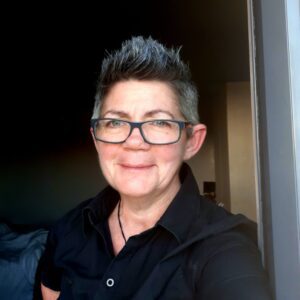
Organiser Conor Twyford
The growing climate change network Mātauranga Māui builds on the union’s Mōkū Te Ao philosophy, which advocates for system change in the interests of tamariki Māori. “You can’t teach about climate change effectively without bringing in issues of power, social justice and connection to the whenua,” she says.
Last year, the National Institute of Water and Atmosphere (NIWA) identified 94 schools that could be affected by flooding if the tides rise by one metre. Even at half a metre – which some regions can expect in 30 to 40 years according to the NZ SeaRise project – 65 schools could see their plumbing blocked and buildings flooded.
School buildings across Aotearoa are on average 55 years old and, as part of its responsibility for school property, the Ministry of Education requires all kura to develop ten-year maintenance plans. The current risk assessment is largely based on visual inspections to identify any maintenance issues, but the ministry recognises that longer-term planning is necessary to prepare for impacts wrought by a changing climate, says the General Manager – Asset Management Simon Hatherill.
The Ministry set up a working group last year to identify schools most at risk of coastal flooding, based on historic flooding and informed by the NZ SeaRise project’s new local sea level rise projections. It established that 103 coastal schools – 50 in the South Island and 53 in the North Island – will likely face increasingly frequent floods in the future. Almost half are already at risk now, even without further sea level rise, and the Ministry plans to expand its risk assessment beyond buildings to the schools’ sites, including their elevation and distance from the sea, the capacity of the storm water network and whether they will be fit for purpose in the future.
It’s been a desk-top exercise so far, but the group’s chair, Tom Williams, says the next step is to visit ten of the at-risk schools, with a focus on two clusters in the Wellington and West Coast regions to “ultimately seek to land a tentative, multi-year plan for the implementation of adaptive pathways”.
“Last year, NIWA identified 94 schools that could be affected by flooding if the tides rise by one metre.”
Such pathways include building hard structures such as seawalls to protect coastal communities or restoring natural dune landscapes and wetlands to provide a buffer against the sea. Retreat from the coast is the last resort, and at this point, the Ministry has not identified any schools that may need to consider this option.
For Māori, the idea of managed retreat can feel like “colonial déja vu”, says Akuhata Bailey-Winiata, whose research at Waikato University investigates the risk sea level rise poses for coastal marae and urupā. “Climate change is a by-product of colonisation through urbanisation and intensification of resources. But also, adaptation or managed retreat can perpetuate those historical colonial wrongs – for instance, if we say, this community needs to retreat, that can almost reinvigorate ideas of … forced relocations or land confiscations.”
It’s a hard conversation to have, not just for Māori but for any person who has some form of connection to the land, he says. Like marae, schools are at the heart of communities and many have a long and strong connection to their site. That’s why climate change education has to make space for optimism and hope as well as a big dose of reality, Carvell says, to deliver “a knowledge-rich, truth-based understanding of its impacts”.
She says the children are ready for it and tell her not to “sugarcoat it but support us with the learning because if we don’t have the right information, how can we make good choices and good decisions and be part of those conversations”.
